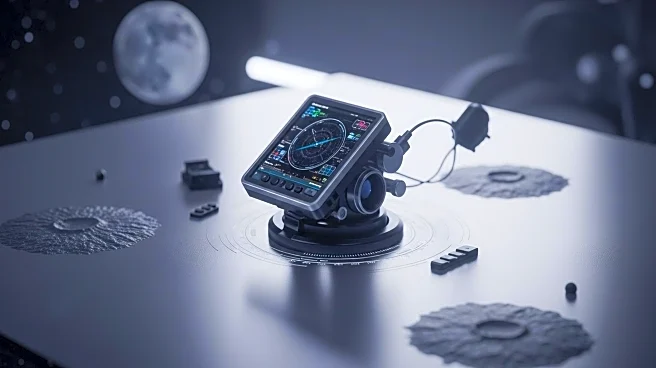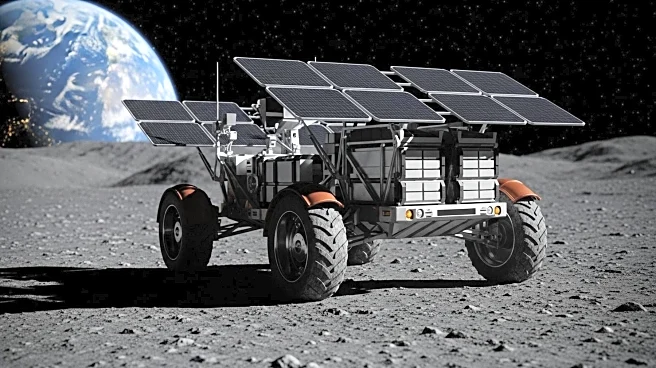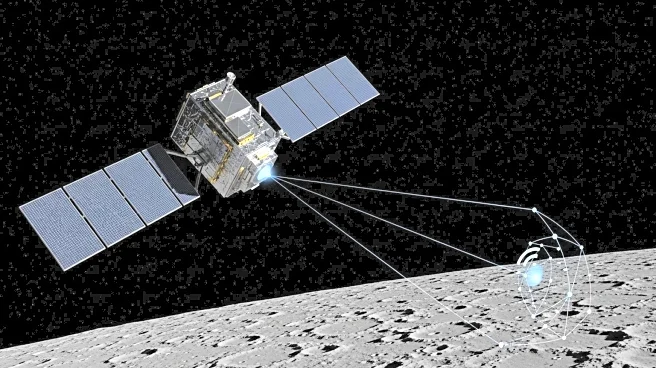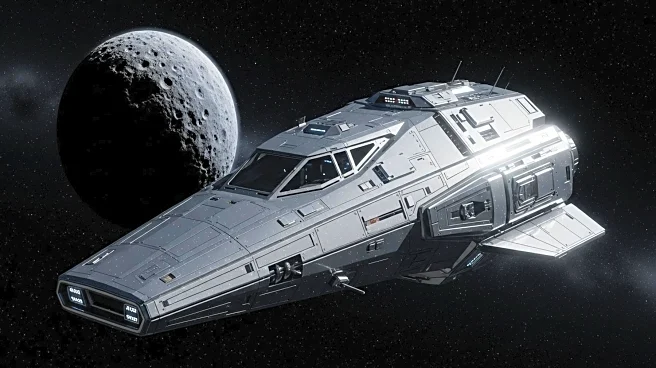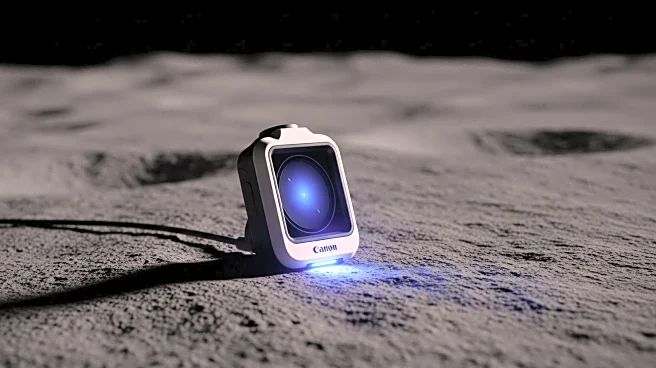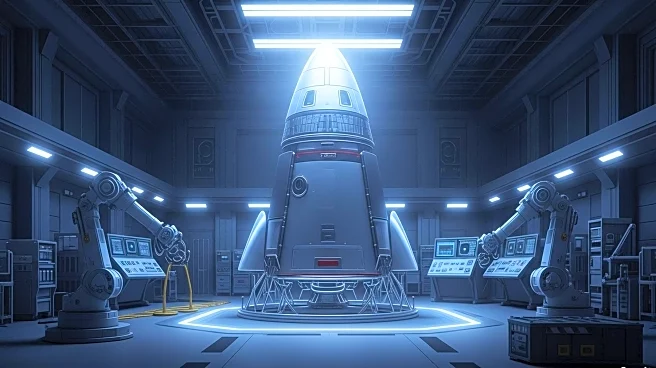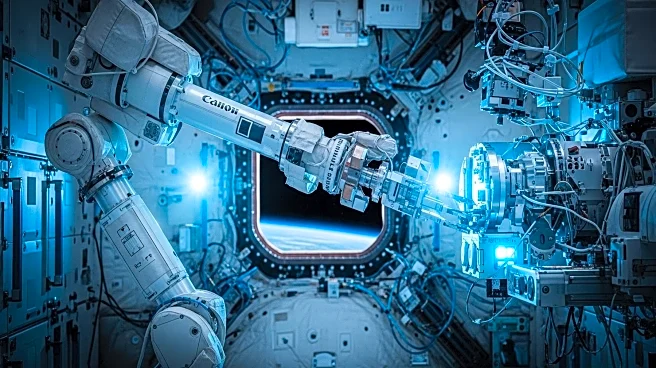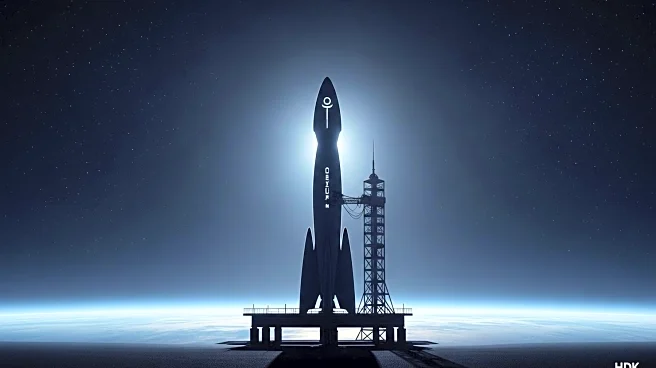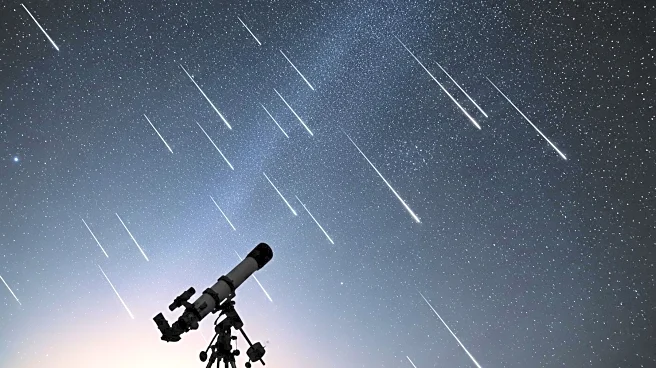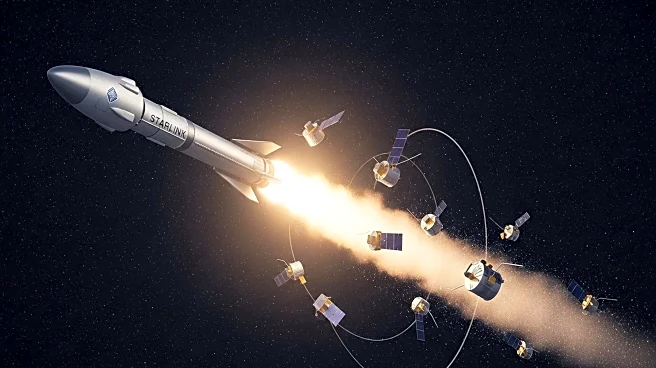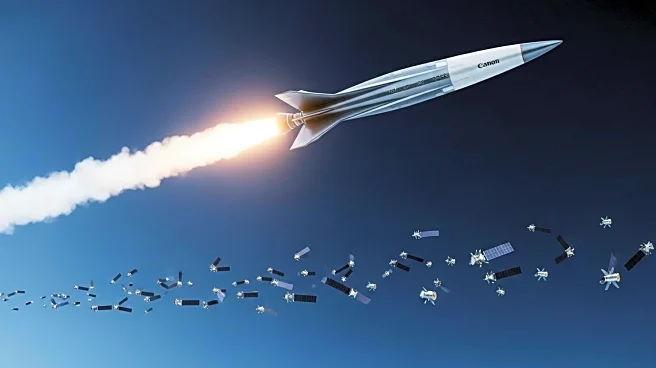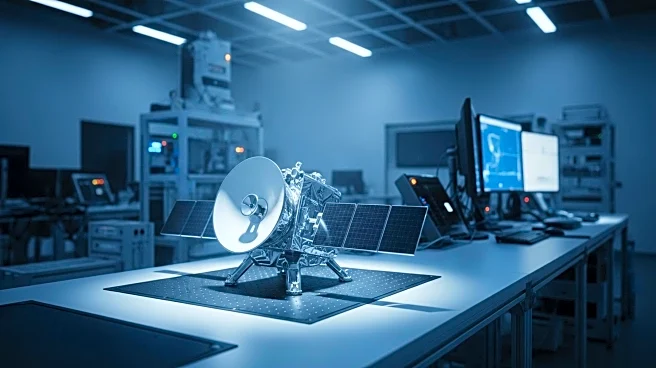What is the story about?
What's Happening?
Advanced Navigation has successfully completed terrestrial validation of its LUNA sensor, a high-precision inertial navigation system designed for lunar exploration. The LUNA sensor, which provides 'laser light vision' for precise navigation, was tested in extreme conditions on Earth to simulate lunar environments. These tests included flights over Western Australia's Pinnacles Desert and trials in Finland's deepest mine, demonstrating the sensor's ability to deliver accurate navigation data in GPS-denied environments. The sensor is set to be integrated into the Nova-C lander for the upcoming IM-4 mission, carrying NASA payloads.
Why It's Important?
The validation of the LUNA sensor marks a significant advancement in autonomous lunar exploration technology. By providing precise navigation without relying on GPS, the sensor supports safe landings and long-range rover missions on the Moon. This technology reduces mission costs and complexity by replacing multiple legacy systems, making lunar exploration more feasible and cost-effective. The success of the LUNA sensor also highlights the growing role of the Australian space sector in global space exploration efforts.
What's Next?
The LUNA sensor will undergo final spaceflight qualifications, including tests to simulate the conditions of a SpaceX Falcon 9 launch. Once these are completed, the sensor will be integrated into the IM-4 mission spacecraft. The technology's terrestrial applications are also being explored, with a commercial version expected to be available by late 2025, offering high-precision navigation for various industries on Earth.
AI Generated Content
Do you find this article useful?
